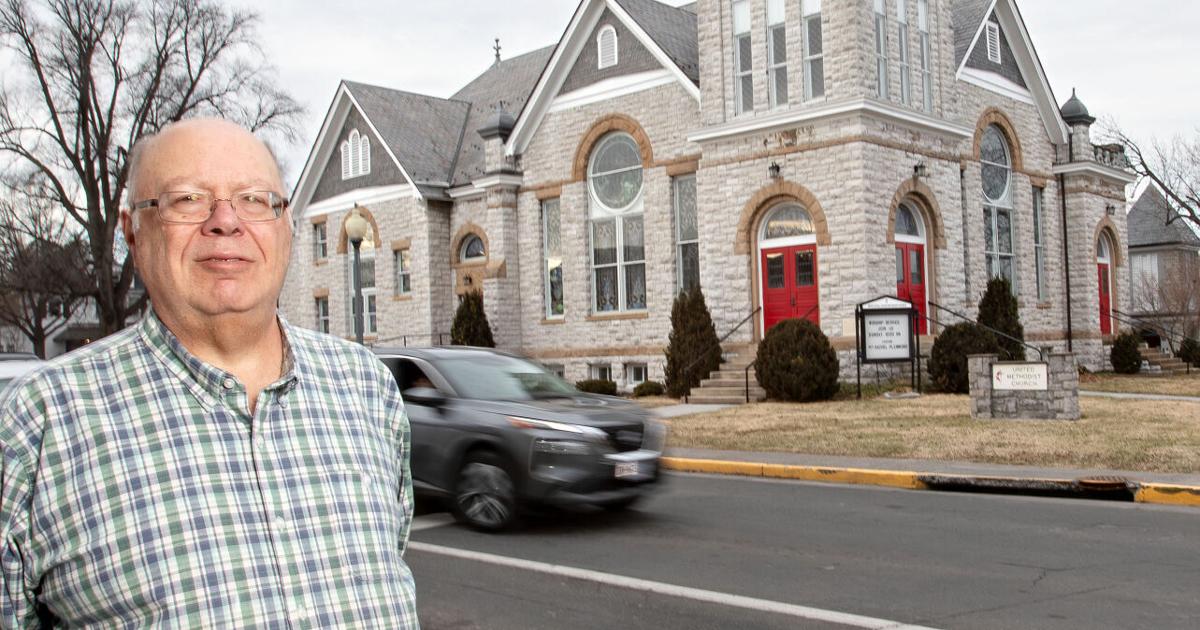From Orphans to Pillars: How Two Sisters Transformed Their Spiritual Home

Homecoming: Sisters Find Spiritual Community in Front Royal
After dedicating years to their professional careers in Northern Virginia, two sisters have discovered a heartwarming sense of belonging at Front Royal United Methodist Church. Returning to their roots in Warren County, they have embraced a new chapter of their lives, reconnecting with their hometown and finding a welcoming spiritual home that resonates with their personal journey.
The sisters' decision to come back to their hometown represents more than just a geographical move—it symbolizes a meaningful return to their community's core values and the comfort of familiar surroundings. At Front Royal United Methodist Church, they have not only found a place of worship but also a supportive network that celebrates their homecoming and embraces their unique life experiences.

